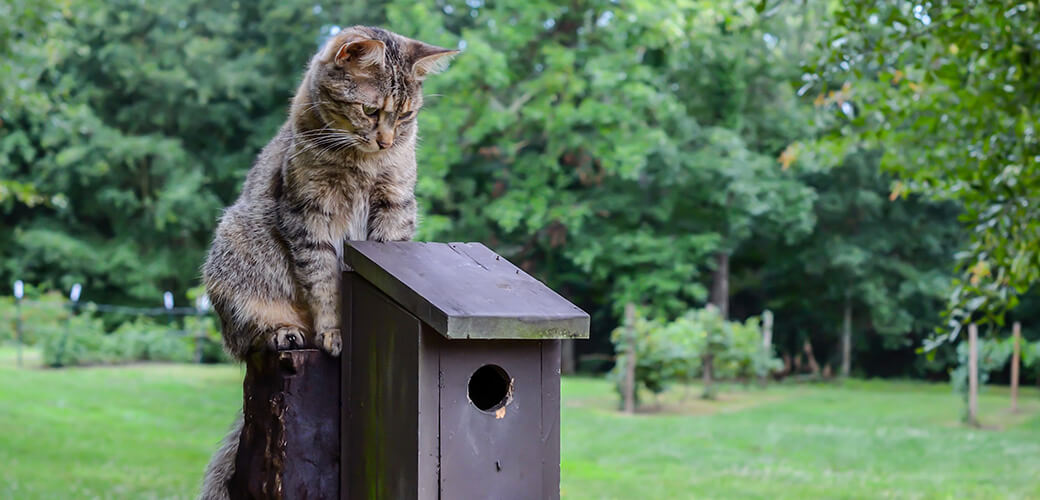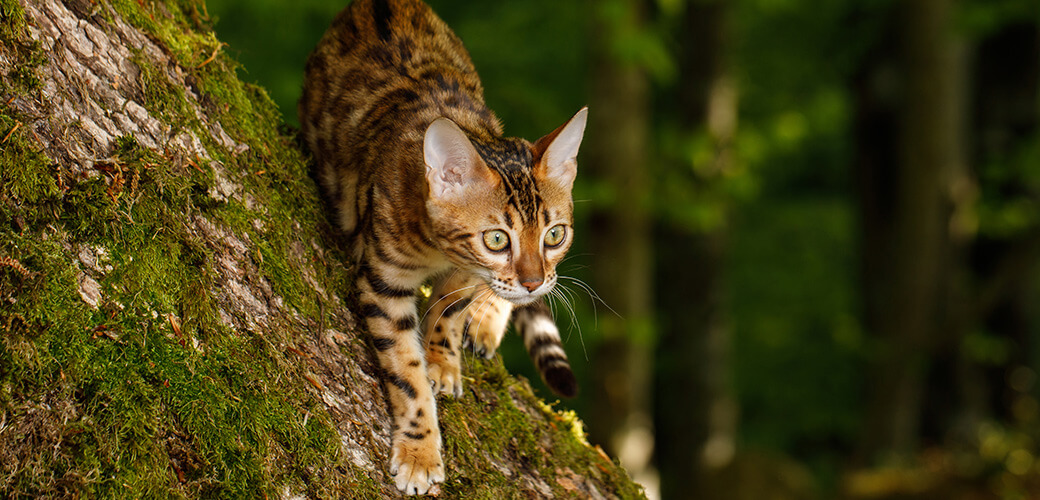Academics in Poland have declared domestic cats a danger to wildlife and added them to their “invasive alien species” list.
The Polish Academy of Sciences, based in the capital city of Warsaw, is following in the footsteps of Iceland, where some towns have already put domestic cats under a nighttime curfew.
The Polish academics are responding to growing evidence that domestic cats pose an increasing risk to local biodiversity. The academy has added house cats to their Institute of Nature Conservation database, citing the damage they cause to birds and other wildlife.

In the US alone, cats are thought to kill more than two billion birds every year and have contributed to the extinction of 63 different species. And it is this natural hunting instinct, says Scientific America editor-in-chief, Laura Helmuth, makes domestic felines such a problem for wildlife.
Numerous studies have documented the impact of household cats on wild animals, which, says Helmuth, show that much of a cat’s hunting is invisible to its owners.
One study, which involved small video cameras attached to cats to follow their activities over summer, revealed that a cat would only bring home their ‘kill’ around 20% of the time, giving a false impression to owners that their cat was having a lesser impact on wildlife. And, many bird species making their nests at ground level are much more vulnerable to feline attack.
However, the devastating impact of the domestic cat’s hunting instinct is not a recent phenomenon. Over a century ago, the Lyall’s wren species was wiped out by a single cat named Tibbles. Helmuth added that cats continue to impact birds and other wildlife species as they have never experienced such predators in their evolutionary history.
“If you throw a cat a ball of yarn, they pounce,” Helmuth told WBUR. “They kill anything that catches their eye. And so, it can go through a nesting colony of birds and kill every single one it sees without slowing down.”

With both Iceland and Poland encouraging owners to manage their cats indoors, there is also increasing awareness of the issue in the US. As a result, more cat owners are taking steps to keep their feline pets inside.
However, keeping a cat inside rather than letting them roam is not just about helping to protect local wildlife. Helmut says other reasons, such as outdoor cats tend to die younger, are at risk of being hit by cars, injured by other cats, and contracting more diseases, should also be considered.
“I think it really needs to be kind of a cultural change where people understand the impact of their cat. And keeping it indoors is something that every cat owner can do as part of their effort to make the environment safer and better for everybody,” she added.

